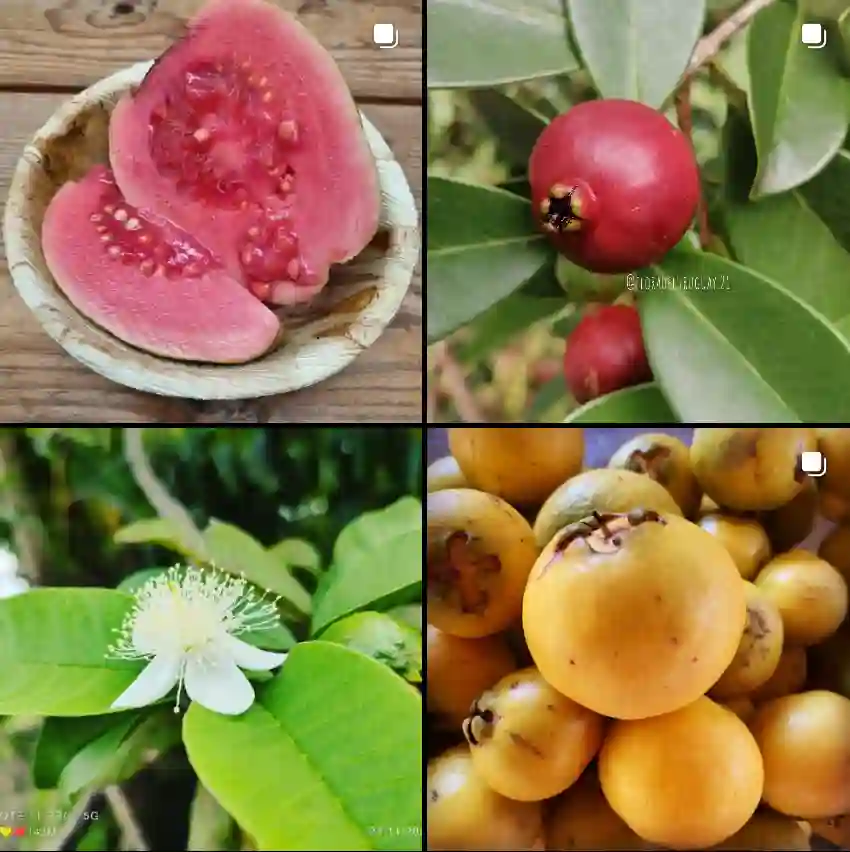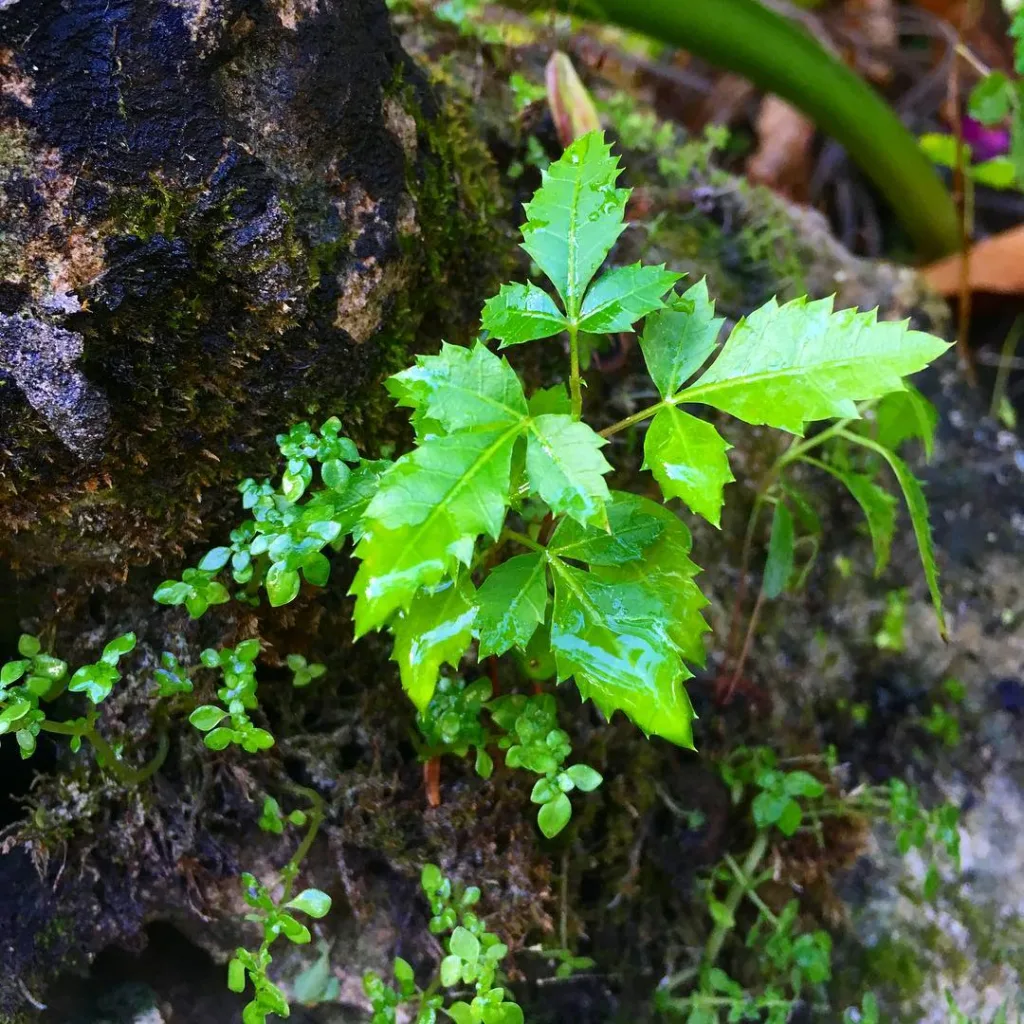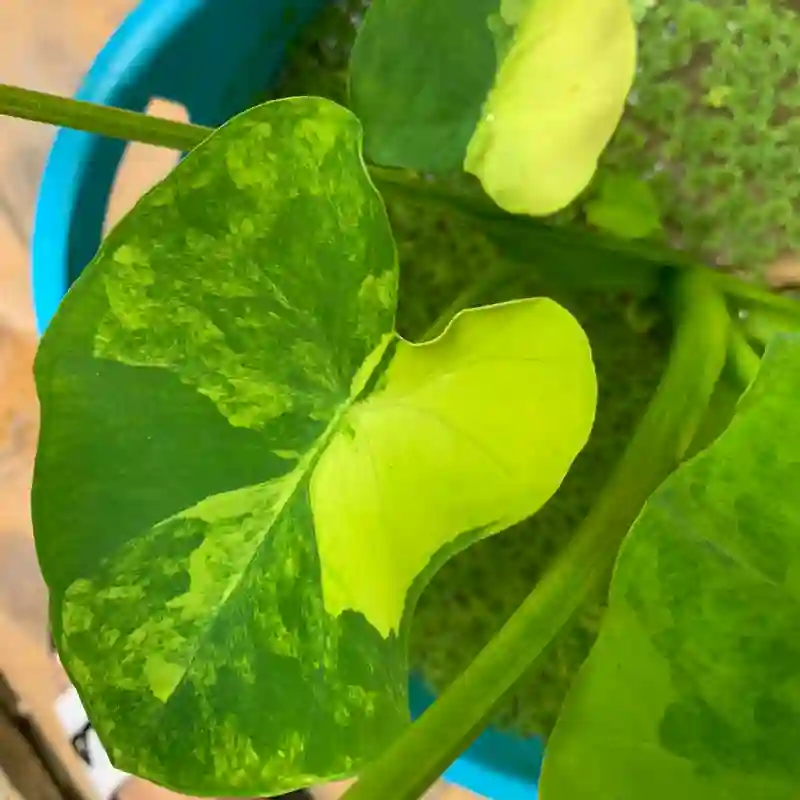
FAQs About Cornus Alba: Your Guide to This Beautiful Shrub
Cornus Alba, commonly known as White Dogwood, is a stunning shrub that can add vibrant color and interest to any garden. With its striking red stems, especially in winter, it’s a favorite among gardeners. If you’re considering adding Cornus Alba to your landscape, you might have several questions about its care and characteristics. Here’s a comprehensive guide to the most frequently asked questions about Cornus Alba.
56 Species in Genus Cornus – Dogwood
What Is Cornus Alba?
Cornus Alba is a deciduous shrub known for its striking red stems, which are most noticeable in the winter months. This plant is valued for its winter interest, but it also offers attractive foliage and flowers during the growing season. The leaves are typically green in summer, turning to shades of yellow or red in the fall.
How to Plant Cornus Alba Sibirica?
Planting Cornus Alba Sibirica, also known as Siberian Dogwood, is straightforward. Choose a location with full sun to partial shade. Ensure the soil is well-draining, as this shrub does not thrive in waterlogged conditions. Dig a hole that’s twice as wide as the root ball and just as deep. Place the plant in the hole, ensuring that the top of the root ball is level with the surrounding soil. Backfill the hole with soil and water thoroughly. Mulch around the base to retain moisture and suppress weeds.
How to Prune Cornus Alba?
Pruning Cornus Alba is essential for maintaining its shape and ensuring vibrant stem color. The best time to prune is in late winter or early spring before new growth begins. Cut back the older stems to the ground, leaving younger stems that will provide the bright red color. Regular pruning also helps to prevent the plant from becoming too woody and encourages new growth.
When to Prune Cornus Alba?
Prune Cornus Alba in late winter or early spring. This timing ensures you’re not cutting off any new growth that would detract from the plant’s overall appearance. It’s important to prune before the new growth starts so that the shrub can focus its energy on producing fresh, vibrant stems.
Can You Grow Cornus Alba Elegantissima as a Tree?
Cornus Alba Elegantissima, also known as Variegated Redtwig Dogwood, is typically grown as a shrub. However, with careful pruning and training, it can be encouraged to grow in a tree-like form. To do this, select a single, strong central stem and prune away the lower branches. This technique may take several seasons to achieve the desired tree-like shape.
How Is Cornus Alba and Cornus Sericea Related?
Cornus Alba and Cornus Sericea, commonly known as Redosier Dogwood, are closely related species within the Cornaceae family. They are often confused due to their similar appearance and growth habits. Both species feature striking red stems, but Cornus Sericea is typically more tolerant of wet conditions and has slightly different leaf and flower characteristics compared to Cornus Alba.
What to Plant With Cornus Alba Sibirica?
When choosing companion plants for Cornus Alba Sibirica, consider species that will complement its vibrant stems and seasonal changes. Plants such as ornamental grasses, evergreen shrubs, and perennials with contrasting colors or textures can work well. For example, adding plants like Heuchera or Hosta can create an appealing contrast, while evergreens like Boxwood provide year-round structure.
Is Cornus Alba Deer Resistant?
Yes, Cornus Alba is generally considered deer-resistant. Its tough, textured leaves and stems are not particularly palatable to deer, making it a good choice for gardens where deer are a problem. However, in times of severe food scarcity, deer may still browse on it.
Is Cornus Alba Poisonous?
Cornus Alba is not considered highly toxic. The plant is generally safe around humans and animals. However, like many ornamental plants, it’s always best to prevent consumption, as large quantities of any plant material can potentially cause digestive upset.
Is Cornus Alba Poisonous to Dogs?
Cornus Alba is not known to be highly toxic to dogs. While it is not a preferred food source for dogs, it is still a good idea to monitor your pets to ensure they are not ingesting large amounts of plant material, which could cause minor gastrointestinal issues.
Cornus Alba vs. Cornus Sericea
When comparing Cornus Alba and Cornus Sericea, the primary difference lies in their adaptability and appearance. Cornus Alba typically has a more vibrant red stem color, while Cornus Sericea may have slightly less vivid red stems but is more tolerant of wet soil conditions. Both shrubs offer similar aesthetic benefits, but your choice may depend on specific garden conditions and preferences.
How to Care for Cornus Alba?
Cornus Alba is relatively low-maintenance once established. Ensure it receives adequate water, especially during dry periods. Mulching around the base helps retain moisture and reduce weed competition. Regular pruning in late winter or early spring will maintain its shape and encourage the development of vibrant red stems.
How to Propagate Cornus Alba?
Propagation of Cornus Alba can be done through several methods. The most common method is by taking cuttings in late summer. Select healthy, non-flowering stems and cut them to about 6 inches in length. Dip the cut end in rooting hormone, then plant in a well-draining potting mix. Keep the soil moist and the cuttings in a shaded area until they develop roots.
In summary, Cornus Alba is a versatile and visually appealing shrub that can add significant interest to your garden. By understanding its care needs, including pruning, planting, and companion planting, you can ensure it thrives and remains a stunning feature in your landscape.
If i die, water my plants!



